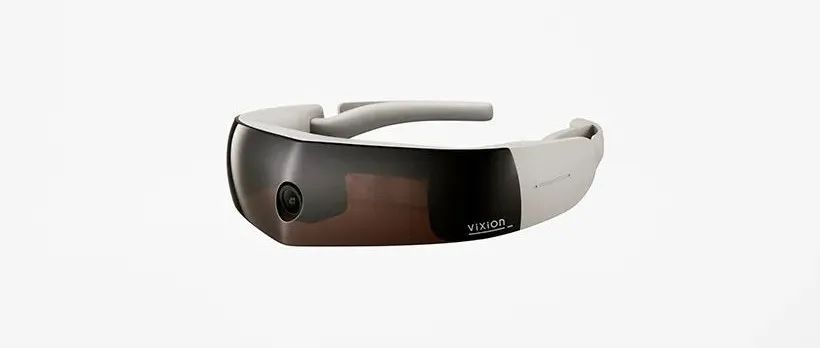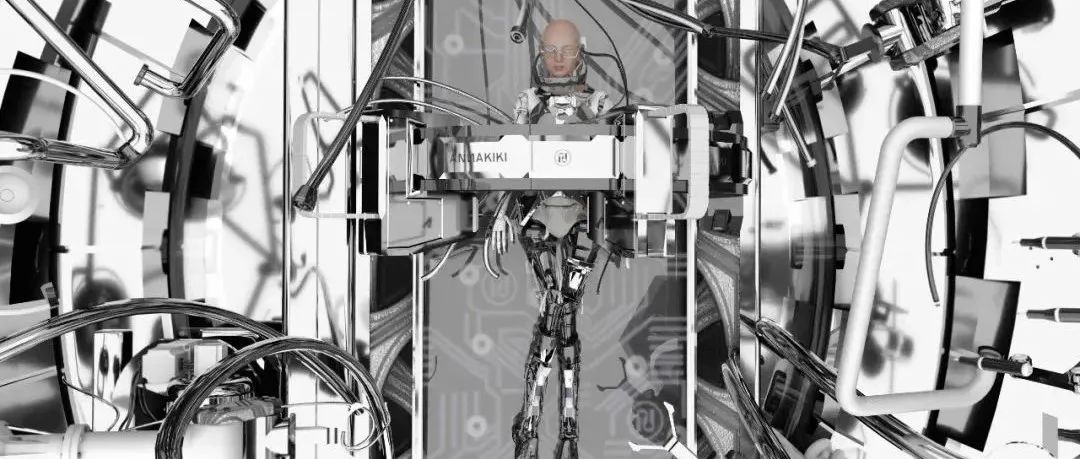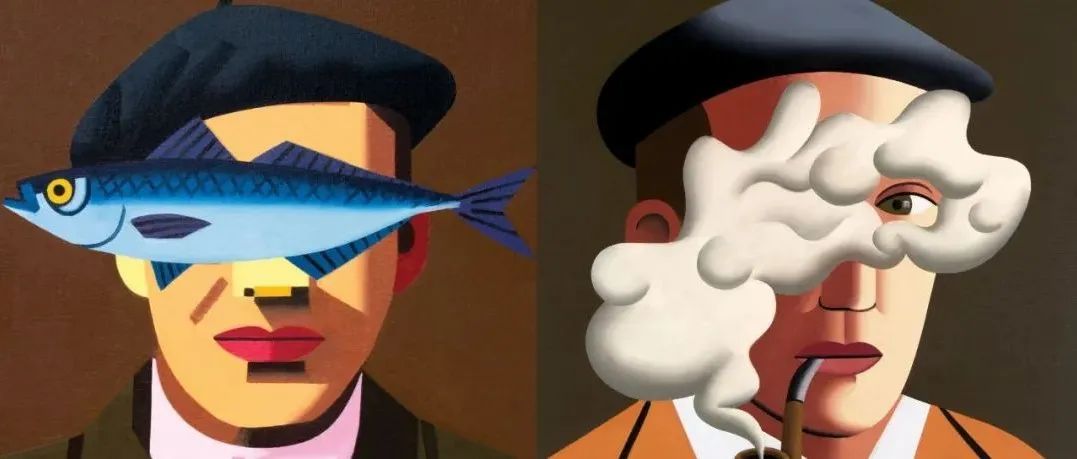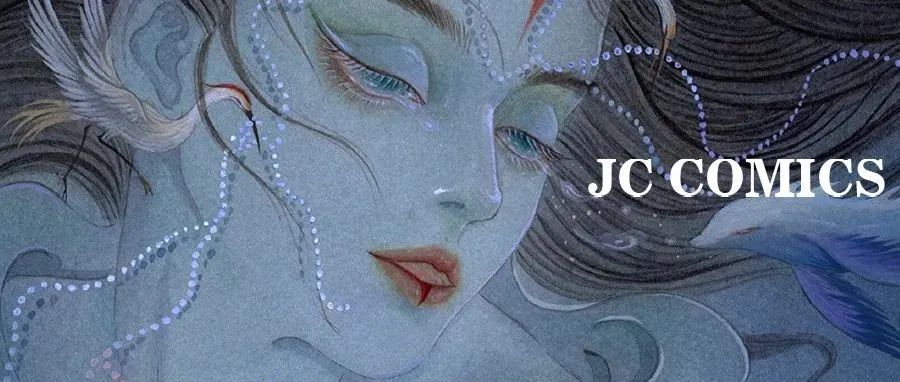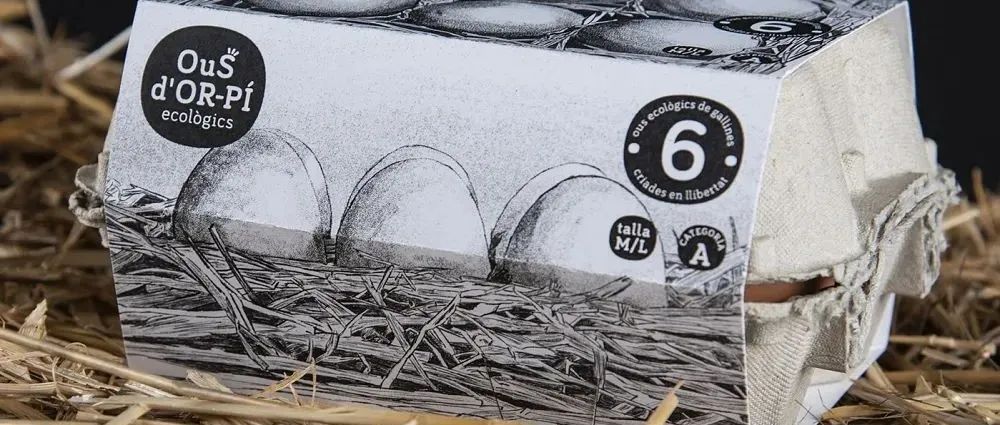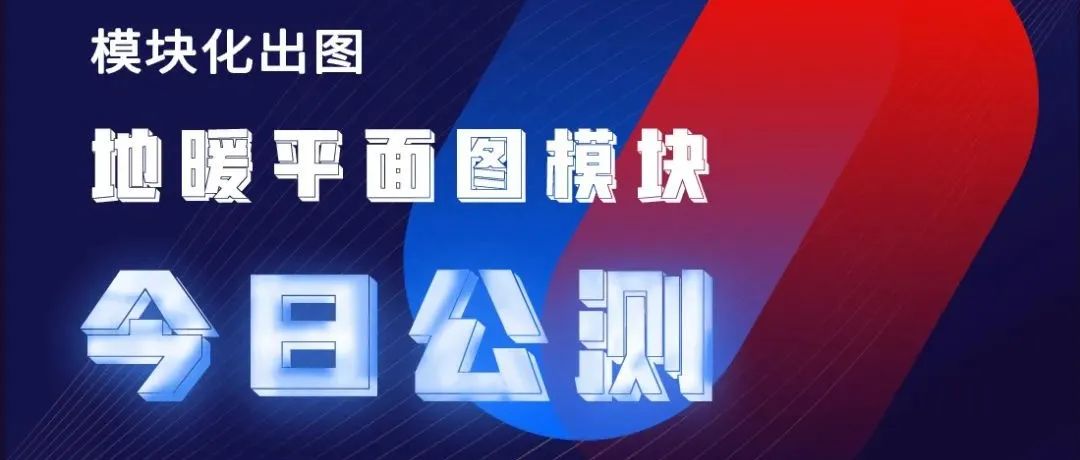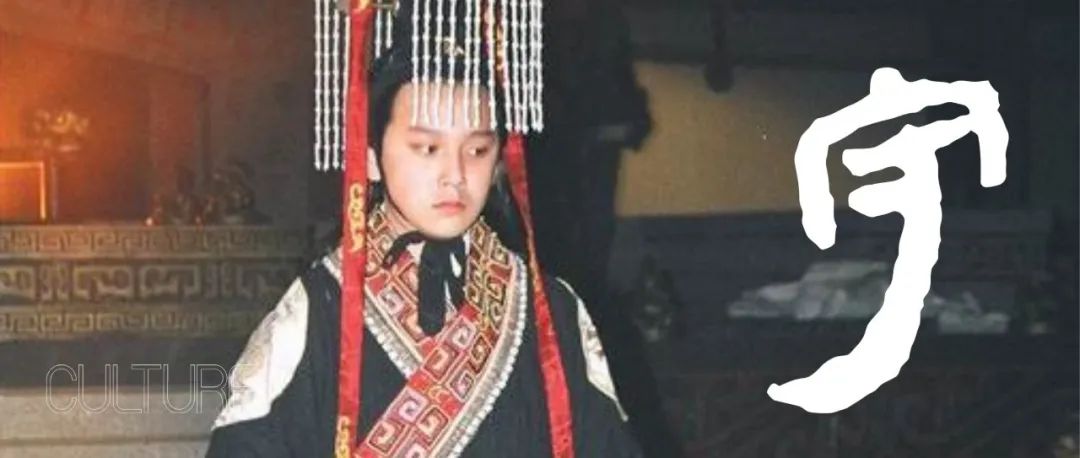Barriers for people with low vision or blindness have become a major social issue in Japan, including lack of protection from falls from train station platforms and traffic accidents on the street, as well as disadvantages related to education and employment. ViXion develops, manufactures, and sells devices to help solve such issues as a startup company that spun off from the optical products and lenses manufacturer HOYA, and its corporate branding and product design were undertaken.
The startup’s name comes from replacing the S in Vision with an X, that letter which draws out the potential within us all. The logo consists of a single line gently separated from another smaller line to express the idea of people with low vision or blindness taking a bold new step toward society and the future. The main colors, dark blue and white, were selected to avoid overly strong contrast and for being gentle on the eyes for easy viewing.
Distinct from people with total blindness, people with low vision make up 1.45 million of Japan’s population. A wearable device was designed to address two conditions under the low vision umbrella: low peripheral vision and night blindness (a form of low vision in the dark).
The camera lens placed in the center of the frame captures images, which are processed at a high speed to increase brightness and contrast to a level easily visible by a wearer with night blindness. The image is then projected onto a semitransparent mirror display in front of the wearer. The wearer can also switch between black and white vision, black and white inversion, and high-contrast colors to match their visual needs. One mode increases brightness over a predetermined level, and another automatically adjusts images by segment for use in aquariums or when viewing movie theater screens. Images captured by the camera may be sent to a smartphone via Bluetooth, allowing the wearer to remotely navigate directions, get assistance for signs otherwise difficult to read, and watch over children.
With the exception of the camera, the device is shielded by a front cover transparent enough to enable the wearer to walk around with a sense of the world outside, yet opaque enough to enable easy viewing of the display. A wide-angle lens replaces the standard camera lens, widening the wearer’s visual field and decreasing the likelihood of those with low peripheral vision bumping into people or objects while moving about. Further, corrective lenses may be installed inside for wearers requiring visual acuity correction. The temples are made of nylon resin for a more comfortable fit and to prevent injury from broken pieces in the event of physical impact. In addition to the ViXion logo lines accenting the sides, a line can be felt on the underside of the right temple, making it possible to distinguish left from right and right-side-up with a brush of the fingertip.
低视力或失明者的障碍已成为日本的一个主要社会问题,包括缺乏防止从火车站平台跌落和街头交通事故的保护,以及与教育和就业相关的不利条件。ViXion 开发、制造和销售设备以帮助解决诸如从光学产品和镜头制造商 HOYA 分拆出来的初创公司,并承担其企业品牌和产品设计等问题。
这家初创公司的名字来自将 Vision 中的 S 替换为 X,这个字母激发了我们所有人的潜力。该标志由一条线与另一条较小的线轻轻分开,表达了弱视或失明者向社会和未来迈出大胆的新一步的想法。选择深蓝色和白色的主色调是为了避免过于强烈的对比,并为了便于观察而对眼睛温和。
与完全失明的人不同,低视力者占日本人口的 145 万。可穿戴设备旨在解决低视力保护伞下的两种情况:低周边视力和夜盲症(一种在黑暗中的低视力形式)。
放置在框架中央的相机镜头捕捉图像,这些图像经过高速处理以将亮度和对比度提高到夜盲症佩戴者容易看到的水平。然后将图像投影到佩戴者面前的半透明镜面显示器上。佩戴者还可以在黑白视觉、黑白颠倒和高对比度颜色之间切换,以满足他们的视觉需求。一种模式将亮度增加到预先确定的水平,另一种模式会按段自动调整图像,以用于水族馆或观看电影院屏幕时使用。相机拍摄的图像可以通过蓝牙发送到智能手机,让佩戴者可以远程导航方向,获得其他难以阅读的标志的帮助,并照看孩子。
除摄像头外,该设备由一个足够透明的前盖遮蔽,使佩戴者能够带着外面的世界感四处走动,但又足够不透明,以便轻松查看显示屏。广角镜头取代了标准的相机镜头,扩大了佩戴者的视野,减少了周边视力低下的人在走动时撞到人或物体的可能性。此外,可以为需要矫正视力的佩戴者安装矫正镜片。镜腿由尼龙树脂制成,佩戴更舒适,并防止在受到物理撞击时被碎片损坏。除了侧面突出的 ViXion 标志线外,在右镜腿的下侧可以感觉到一条线,可以用指尖刷区分左右和右侧。
Client: ViXion
Collaborator: Mayuka Henmi Yuto Suzuki Shinichiro Umehana
Photographer: Tsunehiko Okazaki
2021.08
本文来自微信公众号“佐藤大Nendo设计”(ID:gh_ce2c42193789)。大作社经授权转载,该文观点仅代表作者本人,大作社平台仅提供信息存储空间服务。


